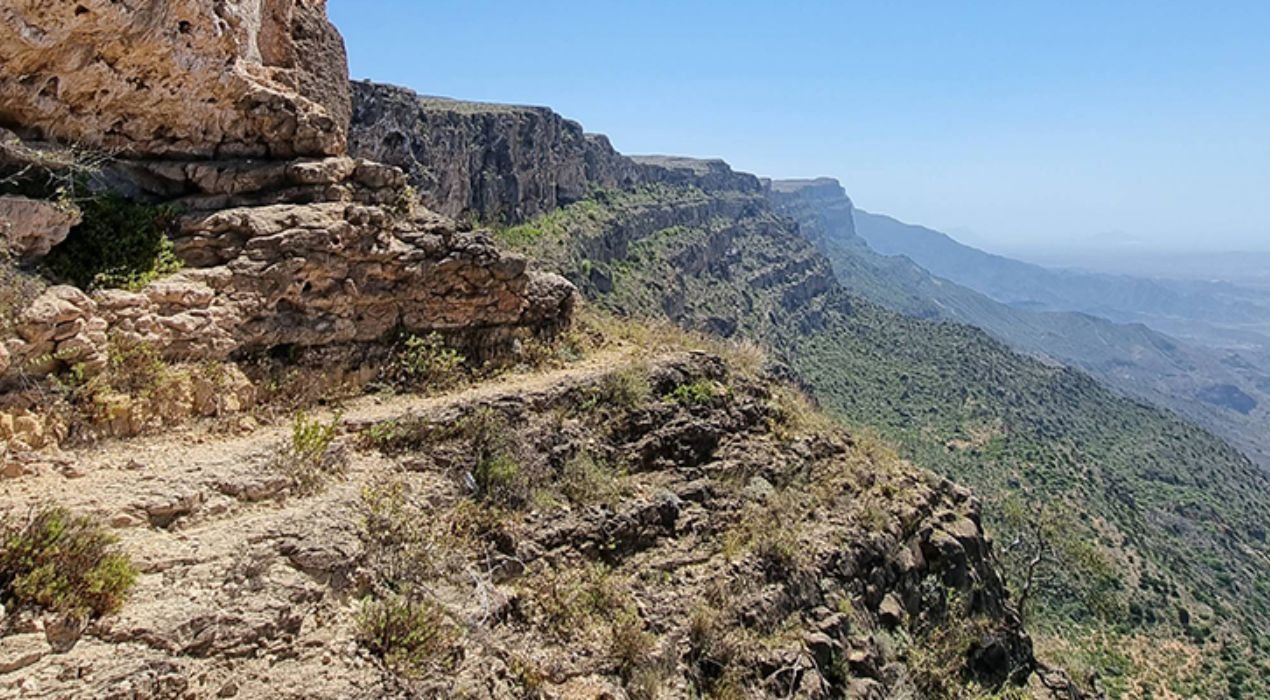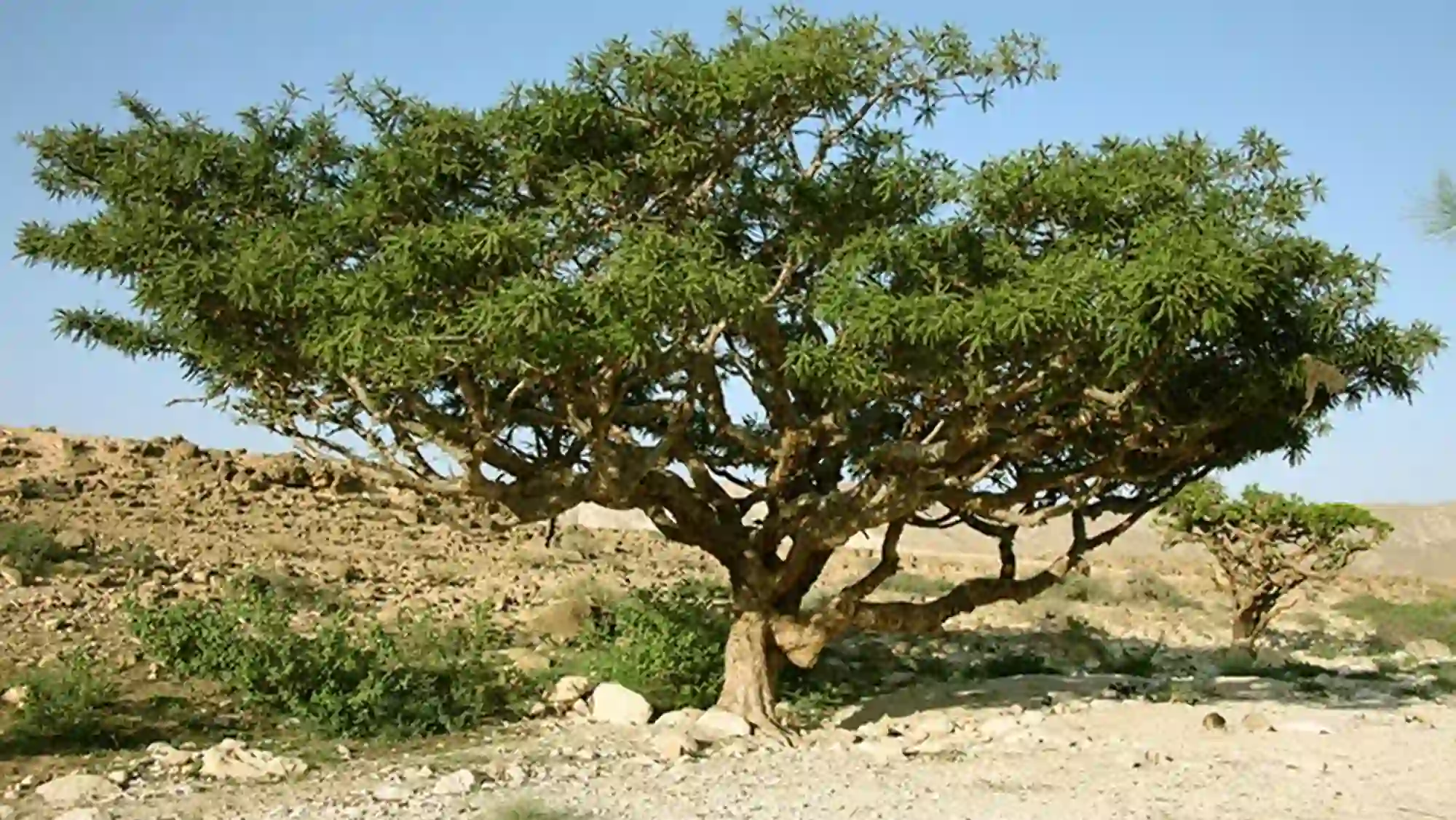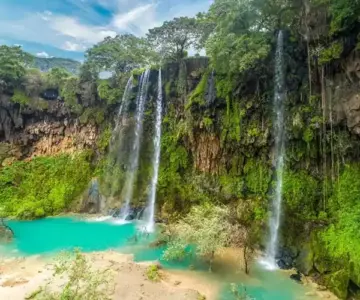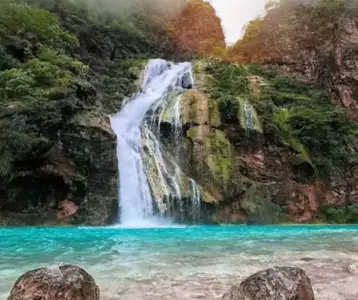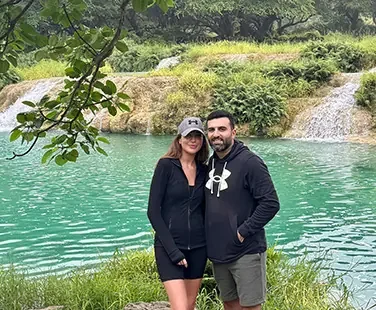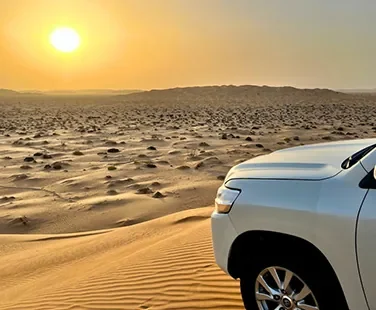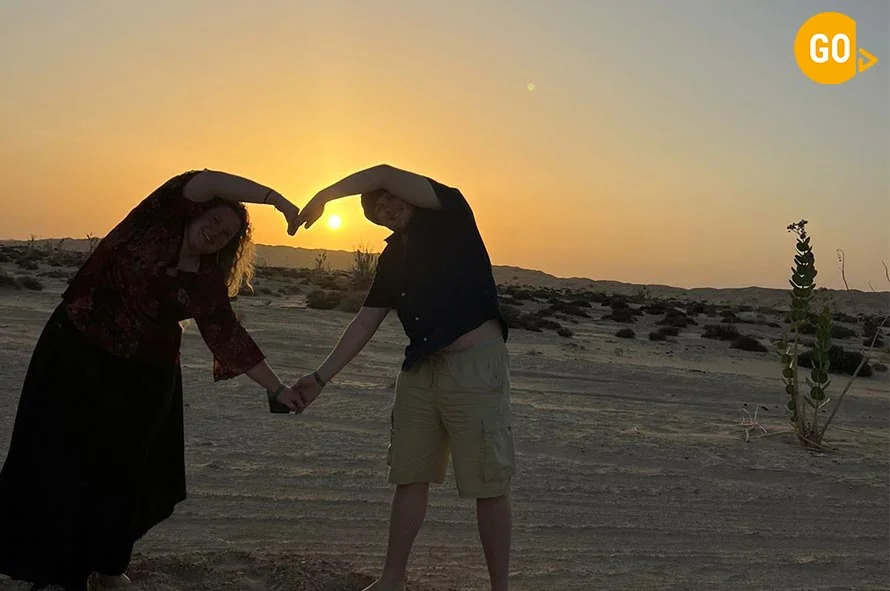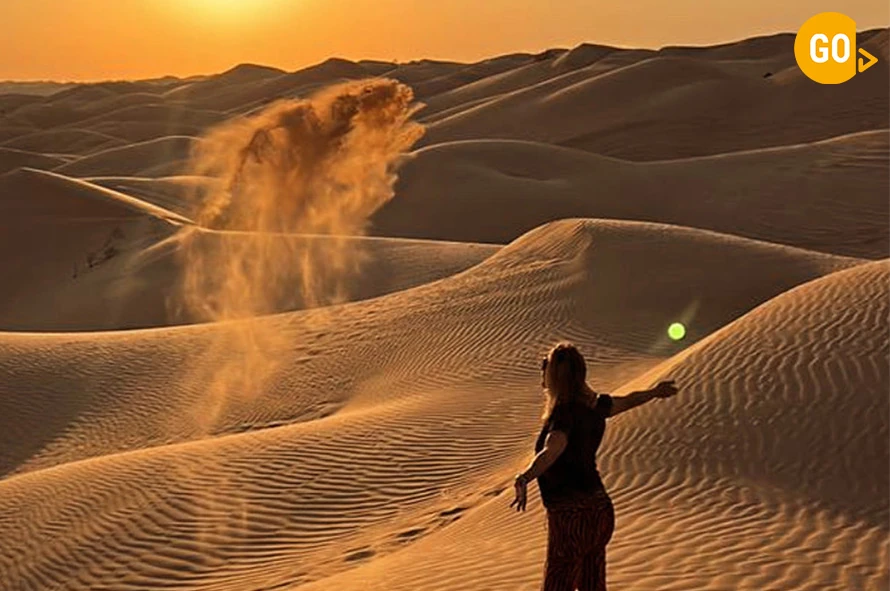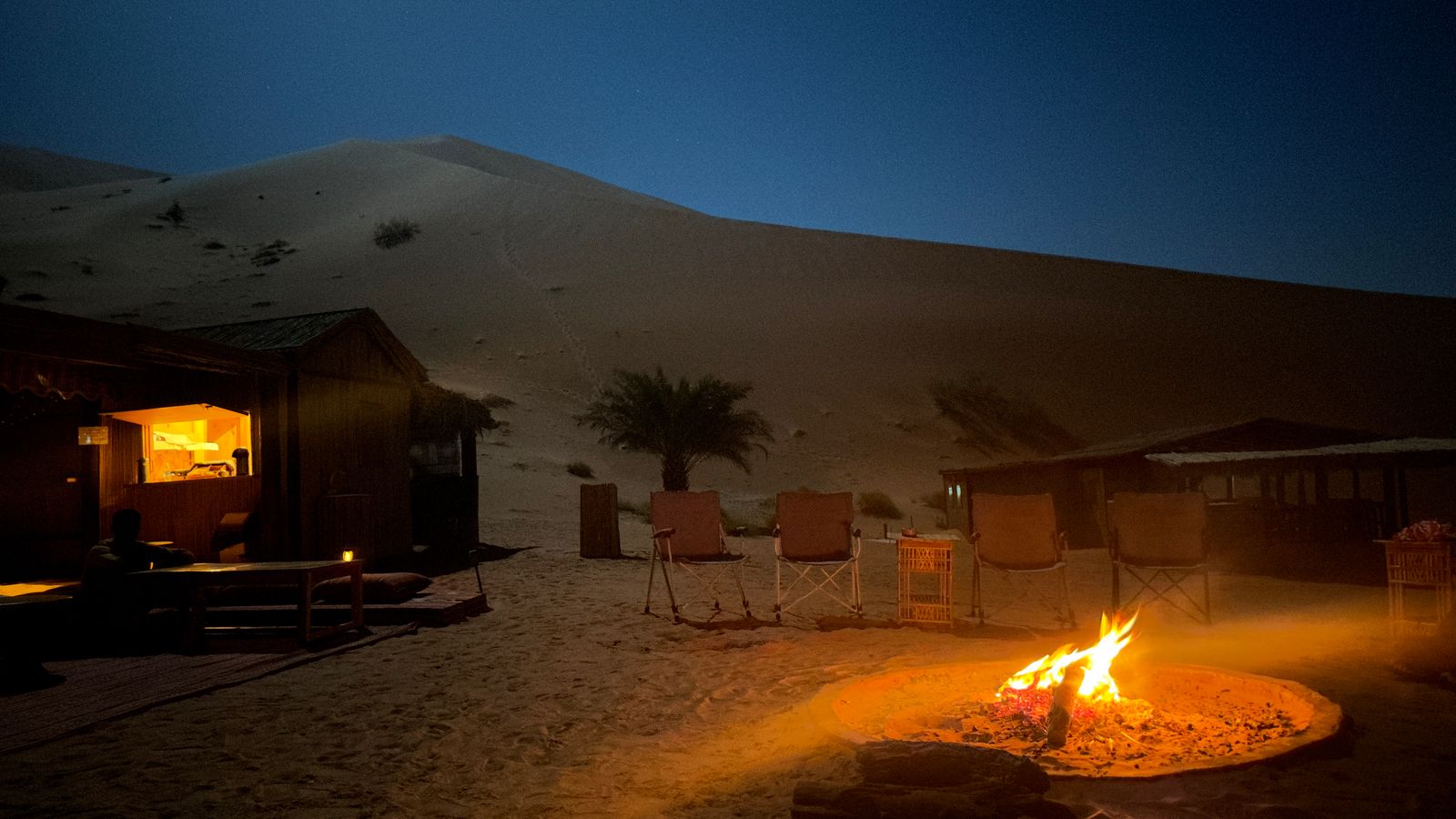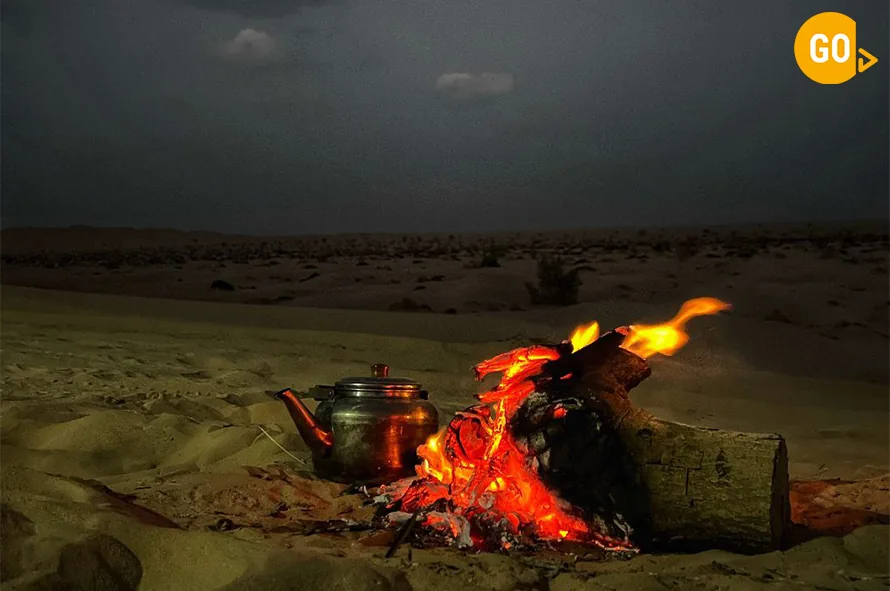Join one of the most extensive salalah tour packages across all oman – seeing all popular attractions within a single continuous journey. Begin at Wadi Darbat, where you’ll boat emerald lagoons behind thundering waterfalls – the crowning glory of monsoon Salalah tours. Ascend to Jabal Samhan’s fog-topped summits for sunrise over cloud forest, then trek Frankincense trails where ancient trees evoke the elder ages. Descend to seashore marvels :watch the wrath of nature at Mughsail Beach as sea geysers spout 100 ft high into the sky, then discover the hidden sea grottos. Visit the pristine Fazayah Beach, reached only by 4×4,
Recharge your spirit at natural springs: soak up the curative waters of Ayn Khor in banana plantations, and unwind at Ayn Athoom’s renowned turquoise pool under waterfalls.
Dive into culture: see Islamic architecture in Sultan Qaboos Mosque, elegance testimonial then absorb Salalah’s souqs. Sniff the aroma of Omani halwa roasting, feel hand-made silver khanjars, and allow our guide to negotiate the price for teh frankincense old treasures. Types of salalah tours find your perfect fit Nature Tours: Absorb the natural wonders and green scenery. Adventure salalah Tours: Experience adventure through hiking and outdoor explorations. Family Salalah Tours: Explore family-friendly attractions and activities. Customized Salalah Tours: Design an itinerary that caters to your precise interests. Cultural Tours: Learn the local history and culture.
Jabal Samhan Reserve
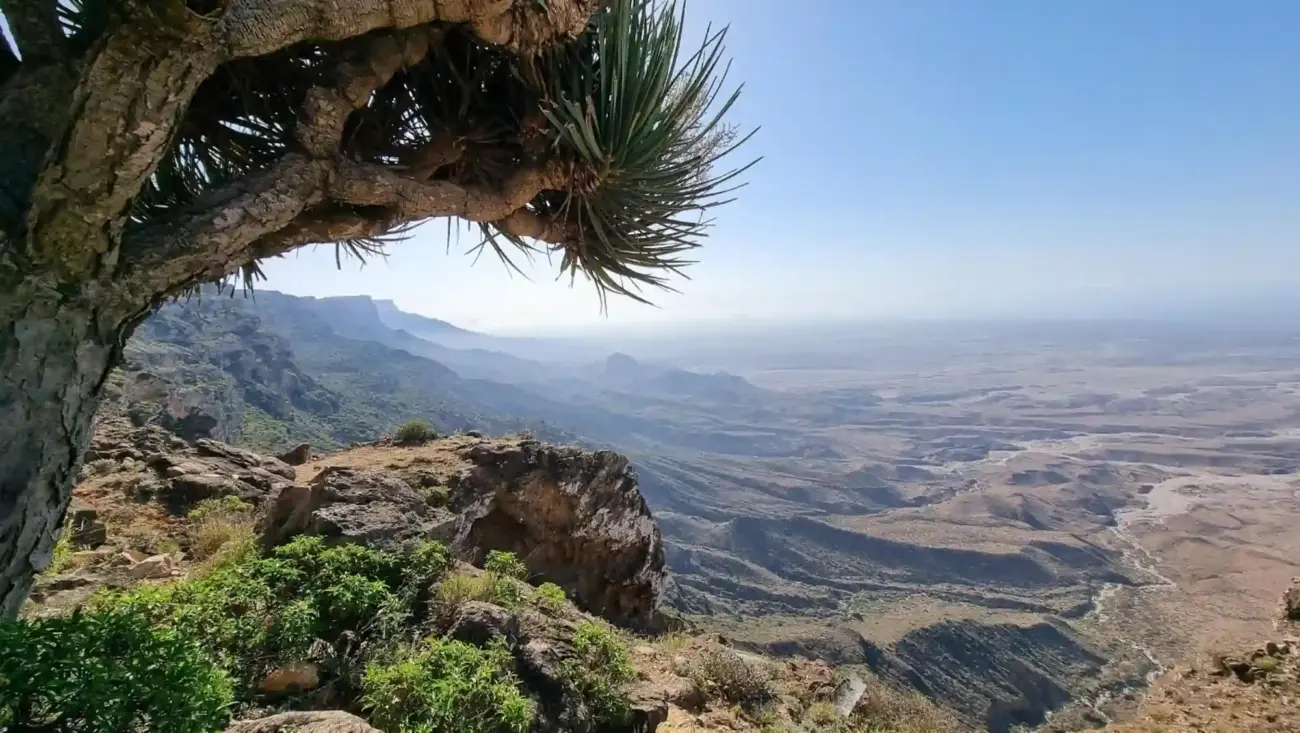
The Jabal Samhan Natural Reserve extends over an area of 4,500 square kilometers and is located in an area characterized by exceptional environmental diversity, including three geographical regions: coastal, mountainous, and desert. This reserve is an exceptional site where limestone lands rise above the coastal plain and slope northward, with deep and narrow valleys separating them.
Established under the Royal Decree for the Protection of Wildlife, Jabal Samhan Natural Reserve in Salalah aims to protect wildlife, including Arabian leopards and endangered species such as Arabian gazelles and Nubian ibexes, receiving significant governmental support for their conservation.
The boundaries of the reserve encompass a vast area of mountainous and coastal lands, stretching from the eastern part of Taqah sub-district to Wadi Helit in the northwest, and from the southeast of Dheymat sub-district to the western part of Wadi Shuwaimiya on the Arabian Sea coast, including Jabal Samhan and its surrounding areas, including the Hadebin areas in Sadah Governorate. Jabal Samhan Reserve is an ideal destination for visitors and wildlife enthusiasts to enjoy the beauty of nature and observe wildlife in its natural habitat.
You can join Salalah Safari Tours for exploratory trips to visit this enchanting area.
Wildlife in Jabal Samhan Reserve
Marine Creatures
Jebal Samhan Reserve is characterized by its rich environmental diversity, housing various aquatic ecosystems. Many species of whales and dolphins can be spotted swimming in its waters. The reserve is also home to green and loggerhead turtles nesting on its sandy shores.
Fish are among the most important aquatic creatures in the reserve. A wide variety of fish species can be observed, along with some types of mollusks and crustaceans like sardines, shari, and shrimp, contributing to the biodiversity and conservation of the marine ecosystem within the reserve.
Frankincense Trees
Jebal Samhan Natural Reserve was established to be a habitat for many plants, especially frankincense trees, which are unique to Oman. The frankincense tree is one of the main plant species that grow and thrive within the Jebel Samhan Natural Reserve. The central plateau of the reserve contains the largest oasis of frankincense trees, and the Hawjar oasis is home to many perennial plants and different shrubs.
In the southern parts of Jebel Samhan Reserve, some plants flourish in water channels, lagoons, and valley areas, such as al-Harad, bushy plants, wild palms, ghaf trees, and other desert plants.
The desert climate prevails in the northern edges of the reserve, where ghaf trees grow in valley bottoms like Wadi Ara, Wadi Anzoor, and Wadi Dheymat, in addition to wild palm trees, frankincense trees, and other desert plants.
Birds of Prey
The reserve hosts various species of birds of prey, including remarkable species such as the spotted eagle, booted eagle, imperial eagle, and Egyptian vulture. Additionally, other species of wild birds such as falcons, Arabian bustards, rock pigeons, Arabian warblers, vultures, and grey francolins can be found.
Wildlife In Jabal Samhan
Jebel Samhan Natural Reserve is teeming with diverse and unique wildlife, as animals continue to live and reproduce within this vast area due to the low human settlement and the availability of rich natural resources. Plant cover thrives in valleys, providing food and shelter for many animals.
The Arabian leopard is the main predator in the reserve, making Jebel Samhan the only reserve globally dedicated to protecting this endangered species.
In addition to the Arabian leopard, the reserve is home to many herbivorous wild animals like Nubian ibexes and gazelles, which live in different areas of the reserve. The Nubian ibex is one of the largest herbivorous wild animals in terms of size.
Gazelles are also abundant in the northern parts of the reserve, while their presence is increasingly noticeable in the southern regions between the Murbat and Sadah governorates.
The reserve also hosts the rock hyrax, which is a primary prey species for the Arabian leopard. Rock hyraxes are abundant throughout the reserve, living in groups that care for their young for long periods, highlighting the suitable environment provided by the reserve for various wild animals.
Teeq Cave in Jebal Samhan Reserve
Teeq Cave is considered one of the most important tourist attractions in the Sultanate of Oman, representing an exceptional destination that attracts adventure enthusiasts and geological explorers.
Teeq Cave is distinguished as the largest cave in the Sultanate of Oman and the second-largest cave in the world in terms of area, covering 70 million cubic meters. This cave is also a prominent geological feature in the Sultanate, revealing the geological magnificence of the region across the ages.
In addition to Teeq Cave, all the southern valleys of the reserve contain a large number of natural caves with geological and historical significance. Among these mentioned caves are Wadi Ricochet Cave, Hadbaram Cave, Dahnoot Cave, and Sanaq Cave. These caves are significant tourist attractions in the Sultanate of Oman for adventurers and lovers of natural and historical landmarks.
Due to the importance of these landmarks, an Environmental Research Center has been established in the Hasik Governorate to study and protect this unique environment and to explore the biological and geological diversity that this wonderful region embraces.
Climate in Jebel Samhan
Jebel Samhan rises to approximately 4000 feet and is characterized by a climate resembling that of the Arabian Peninsula, with dry conditions prevailing for most months of the year. However, the situation changes in the higher regions of the mountain, where the climate becomes relatively moderate.
Summer in this area is characterized by the activity of the southwest monsoon winds, which bring low clouds, leading to a phenomenon known as the Khareef season. Jebel Samhan experiences dense fog and seasonal rainfall during the Khareef season, with temperatures ranging below 30 degrees Celsius during this period.
Winter in Jebel Samhan is marked by low rainfall and relatively mild temperatures in the valleys and plains. Temperatures drop to around 17 degrees Celsius during winter, making it a suitable season for exploring the area and enjoying the surrounding nature without the intense heat typical of summer.
General Questions
Jebel Samhan Natural Reserve hosts diverse wildlife that lives and breeds throughout the reserve due to several factors that encourage wildlife within it. These factors include low human settlement within the reserve and the availability of food sources due to the flourishing pastures and vegetation in many valleys and wadis. Additionally, water sources play a fundamental role in supporting wildlife, with numerous water springs and pools formed as a result of rainfall. These water sources contribute to providing food and necessary water for herbivorous animals, which, in turn, form the primary link in the food chain for predatory wildlife.
Salalah offers several options for transportation within the city and between different tourist areas. You can easily and comfortably use taxis, which are plentiful in the city, for transportation. Additionally, there is a local bus system serving various areas in Salalah, providing an economical and reliable means of transportation. If you prefer freedom in exploration, you can rent a private car from available car rental services in the city. Renting a car allows you to travel between tourist attractions, visit remote and distant places flexibly and easily. Considering the nature of the roads in some mountainous areas surrounding Salalah, it is highly recommended to consider renting a four-wheel-drive vehicle. This will ensure peace of mind and safety during your travels, contributing to a more enjoyable and comfortable travel experience.
conclusion
In conclusion, Jebel Samhan is a unique and distinctive reserve in the Sultanate of Oman. This mountain hosts the largest wildlife reserve in the country and is characterized by its rich environmental and biological diversity, making it an ideal destination for nature and wildlife enthusiasts. Salalah Safari Tours offers unique tourism services for exploring Jebel Samhan and its surroundings. Visitors can enjoy exciting tours to explore this wonderful area, witnessing rich wildlife and breathtaking scenery. If you’re looking for a unique and thrilling experience in Oman, visiting and exploring Jebel Samhan Reserve with the assistance of Salalah Safari Tours would be an ideal choice.

